Outfitting the Adventure
FAIRBANKS, ALASKA– Scientists that travel to the Arctic to conduct their research have learned that proper planning can be the difference between having a successful season and one where pulling your own wisdom tooth would have been easier and more fun.
Which is what brings me to my scheduled stopover in Fairbanks. Capital of polar field support, Fairbanks is located near the middle of the state. It is the second largest city with a population of only about 32,000 residents. (That’s less people than there are at some college basketball games.)
The Alaska office of Polar Field Services, the company I work for, is located here in Fairbanks. (The home office is in Denver, Colorado.) The company specializes in providing science support to individuals and/or groups in the Arctic and the Antarctic, with the majority of the work involving projects in Alaska and Greenland. In other words, we plan and put into place the tasks needed to help polar scientists achieve their goals. The what, where, when and how depends on many factors including funds allocated, destination, labor, risks, constraints involved, etc.
Transportation is a good example of the kind of logistical support we provide. Let’s suppose there is no road to the lake where a group of researchers are planning to collect water samples. The scientists provide a proposal with their requests and their plan objective. Some of the questions that would help in planning this project would be: How long are you going to be there? Can you hike to it or do you need a helicopter or small plane to get there? What time of year are you planning on going? Do you need some kind of bear protection? How about fuel for cooking, and what about water?

Ivotuk camp in the North Slope interior where the only way in or out is via small aircraft or helicopter.
Or maybe the researchers are requesting a building to house scientific equipment and keep warm. Later, they might decide to have a webcam and a communication tower so they can measure the snow accumulation at the site with real-time data transmissions.
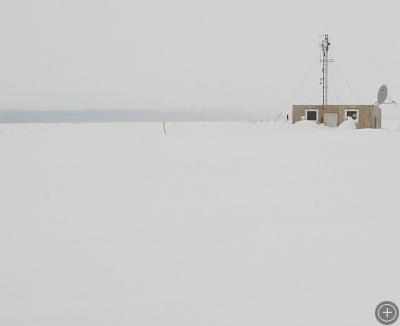
The Control Shed at the Barrow Environmental Observatory with a web cam watching everything in the area.
The requests vary from project to project. A team of biologists may need a more permanent camp that requires a bigger space than just tents so they can set up a lab. They may also need snow machines, satellite radios, food, a paramedic and fishing equipment to help tag fish. Of course, not all requests are a given. Requesting a recliner and a satellite television so you won’t miss an episode of American Idol will probably get you on the next bus out of Alaska.
On some occasions, engineers have to design a specialized piece of equipment and then get it built, sent to Alaska, and installed in the field.
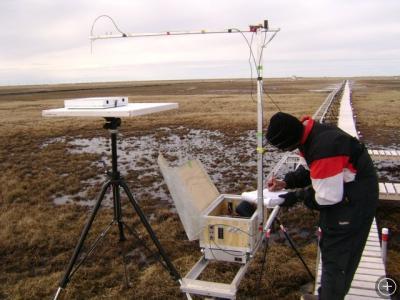
Infrastructure installed at the Barrow BEO that supports the tram instrumentation riding up and down a track system.
Fairbanks works well for supporting Alaskan projects because it is home to the University of Alaska and is strategically located near the center of the state and the state’s main highway system. In Alaska, most groups that venture out have a lot of their own gear, but the warehouse still holds enough general supplies to replace lost, damaged, or forgotten items.
The Fairbanks office is also the first stop for many of the scientists who travel to Toolik Station to conduct their studies. This large science research station sits along the route to Prudhoe Bay on stunning foothills overlooking the Brooks Mountain Range. It provides sleeping and dining facilities that enable scientists to spend more time on their research and less time on chores.
One of the great bonuses of traveling to Toolik Station is that it is very common to see wildlife along the route. Bears, moose, wolves, caribou, and musk oxen are some of the wildlife that frequent this vast territory. It is also not rare to see someone riding a bicycle or a scooter on the Dalton Highway. As hard as it may be to believe, this is a fact. I would not be surprised if the wildlife stop everything they are doing to sit by with amusement and a bag of popcorn as these characters pass by.
In Greenland, logistical support is more challenging because it’s a different country and even more remote than Alaska is to the rest of the United States.
The major warehouse is in Kangerlussuaq, a small town located on the south-eastern part of the country. Most of the researchers and support personnel that go Greenland use gear that is provided there. The warehouse is huge and probably has enough gear to outfit a small army of boy scouts.
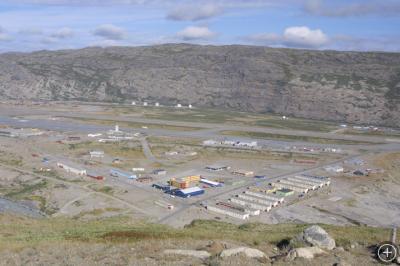
The main buildings at Kangerlussuaq, Greenland where the sciences support office and warehouse is located.
As interesting as all these places are, my next stop is one place unlike any other on the face of this earth. It is Barrow, Alaska, a whaling community composed mainly of Inupiaq Inuits, in the largest village on the North Slope. I am looking forward to getting there.


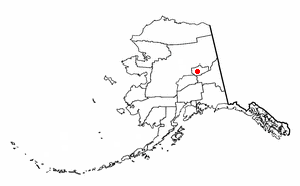
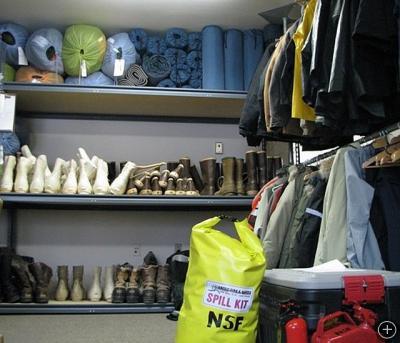
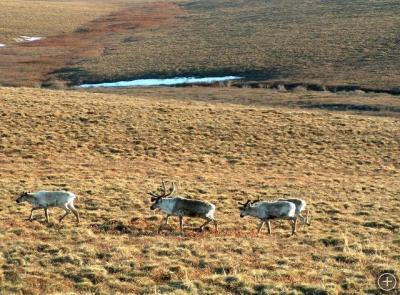
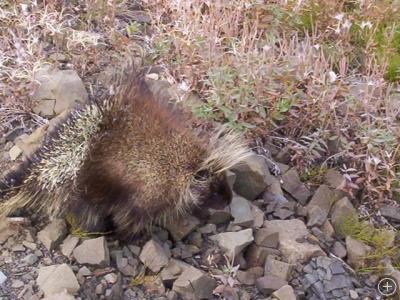


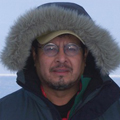

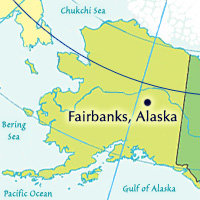





Chico,
So I keep looking for the “Spanish Word Of the Day”. Good to hear about your Atrctic adventures.
Dave B